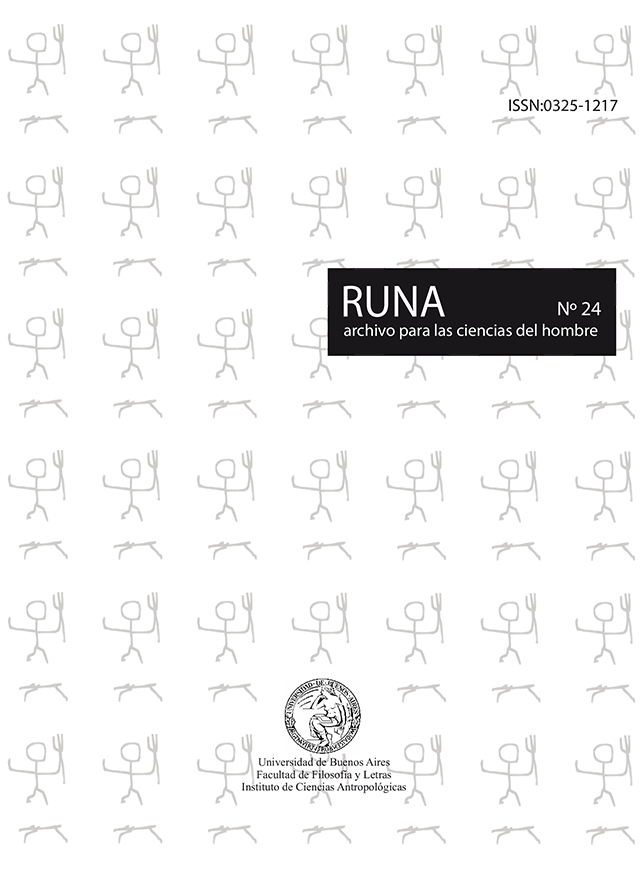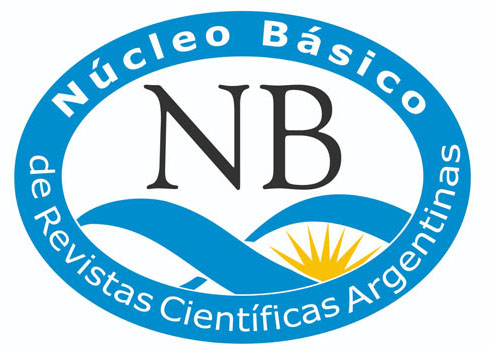Arqueología de cazadores recolectores del sector centro-oriental de la región pampeana
Abstract
The wetland located in the Central-East of the Pampean region, associated with the Parana and Rio de la Plata rivers, shows a complex archaeological record, dated between 1640 and 680 YBP, suggesting an important concentration of hunter-gatherers population. The production of non transportable equipment like pottery, the use of bipolar reduction and selectivity of preys belonging to the wetland, suggest a low mobility and small home ranges. Fishes are the main prey in all the sites placed in the wetland. The arrival of Amazonian horticulture groups, probably increased significantly the social complexity of the area.Downloads

Runa, archivos para las ciencias is a publication of the Instituto de Ciencias Antropológicas, Facultad de Filosofía y Letras, Universidad de Buenos Aires and is distributed under a Creative Commons Attribution 4.0 International License.
Runa maintains its commitment to the policies of Open Access to scientific information, considering that both scientific publications and publicly funded research should circulate on the Internet freely, free of charge and without restrictions.
The contents and opinions expressed in published articles are the sole responsibility of their authors.



















